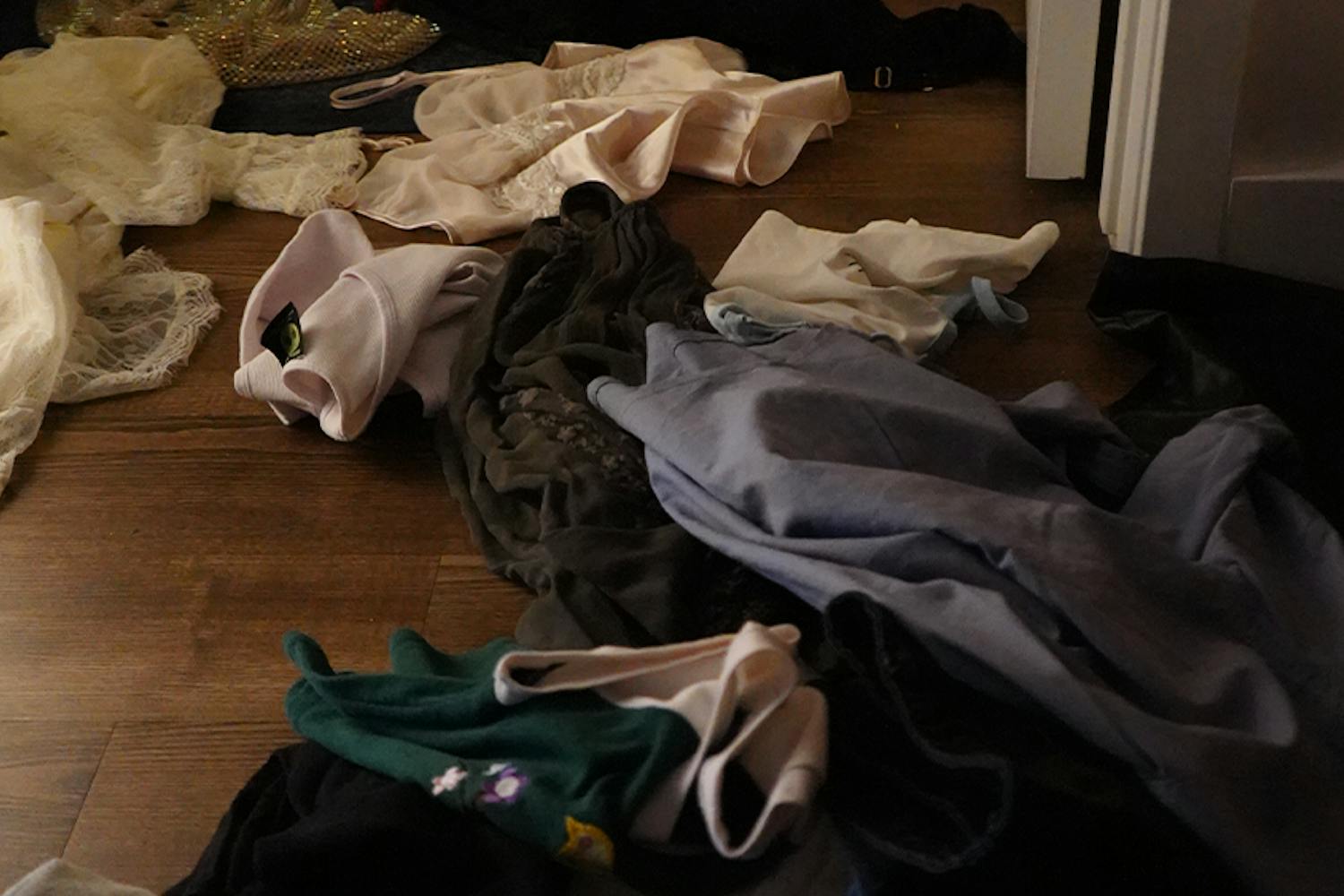Twenty-seven days from now, South Carolina Governor Jim Hodges will be lying in front of a truck carrying several canisters of radioactive plutonium. Why, you might ask?
Because he's against having plutonium trucked into his state and dumped there. You'd think there would be a simpler, less confrontational way to express distaste. In Hodges opinion, there isn't. He feels that the only way to stand up for his state's rights is to be willing to lie down, and lie down he will to keep hazardous waste from his state.
Originally, it wasn't like this. There is a facility in South Carolina that can handle the radioactive material. The Savannah River Site in South Carolina is nearly perfect for the job of handling plutonium. I say nearly perfect, and herein the difficulty lies.
The Savannah River Site produced 35% of all weapons grade plutonium used in the United States since around 1955. The infrastructure for this production lies on 310 square miles of land east of the city of Aiken and on the Savannah River. What the Department of Energy has planned to do — and still plans to do — is to dump 2,080 canisters worth of radioactive material in South Carolina's back door. They plan for these canisters to be stabilized and possibly stored there.
The government had allotted 6 billion dollars to the effort — enough money to renovate the plant and to make it safe for the surrounding area. Governor Hodges was fine with this. Unfortunately, 14 percent of the budget was cut and now the Department of Energy and South Carolina are left with a less than perfect situation and a less than perfect facility. In case you didn't know, radioactive materials are similar to rabid bats. You don't want to fool around with either.
Hodges feels the Department of Energy is dropping a rabid bat at his state's front door. The Department of Energy feels that the risks are managed. I happen to agree with Hodges. Nuclear energy is abundant, and I would be all for it if we had a safe location to dump the radioactive waste. That was what the Savannah River Site was to be, until the budget cuts.
At this point Hodges wrote a letter to the Department of Energy and to his Senators alerting them to the situation and assessing the dangers of proposed reductions. He signed it diplomatically enough, telling both the Department of Education and the Senators that he was standing by to work on this issue.
His senators didn't fail him and quickly put the pork in a barrel and rolled a bill onto the floor. South Carolina wouldn't have to worry about the nuclear waste — at least not for long if the bill were passed. It wasn't a real solution, however, because it didn't do anything with the radioactive waste except to move it from one place to another.
The Department of Energy realized this and decided to plow forward with the venture. On Monday they issued a 30-day notice that the shipments of plutonium to be stored and vitrified at the Savannah River Site would begin arriving on May 15. Hodges was less than pleased to hear that nuclear waste was coming his way, ready or not.
Instead of addressing the governor's concerns the Department of Energy played hardball, expecting Hodges to cave.
Hodges next move was to say that the National Guard of South Carolina would stop the trucks from crossing the border. I think everyone agrees that "armed confrontation" is not something that we want to see between southern states and the Union — especially not with radioactive waste in the nearby vicinity.
As if that wasn't enough, Hodges offered to place himself on the pavement in front of the Department of Energy's trucks to ensure that they had something squishy to drive over on their way to the Savannah River Site.
I think that the Department of Energy is finally realizing that Hodges is "for real", which is a good thing because nuclear disaster is no laughing matter. And they shouldn't expect everyone to just roll over for them.
North Noelck is a biology sophomore. Reach him at
north.noelck@asu.edu.



